(Photograph = Opuntia megasperma var megasperma, wildlifetravel.com)
Introduction
The Galapagos Islands are far from the mainland of South America. At some time in the distant past, iguanas, birds, Opuntia, and other organisms made their way there and diverged over time into new species not found on the mainland.
The Details
It depends how you count them, but there are at least four species of Opuntia on the Galapagos Islands, each with several varieties. The four species are O. echios, O. gigantea, O. helleri, and O. megasperma. Overall, there are about 12 varieties on the islands. The various varieties are found on one of a few islands each, but no species or variety is found over the whole chain.
The Opuntia species are part of the islands’ food chain feeding birds, iguanas, tortoises, and many insects. The Opuntia are especially important because they provide cladodes, fruit, and seeds during dry times when other food is limited.
Opuntia on islands with long-necked tortoises are tall and have no lower cladodes, maybe because they have all been eaten. In corollary, short Opuntia are found on islands with no tortoises.
Related Reading: Exploitation of Opuntia Cactus by Birds on the Galapagos
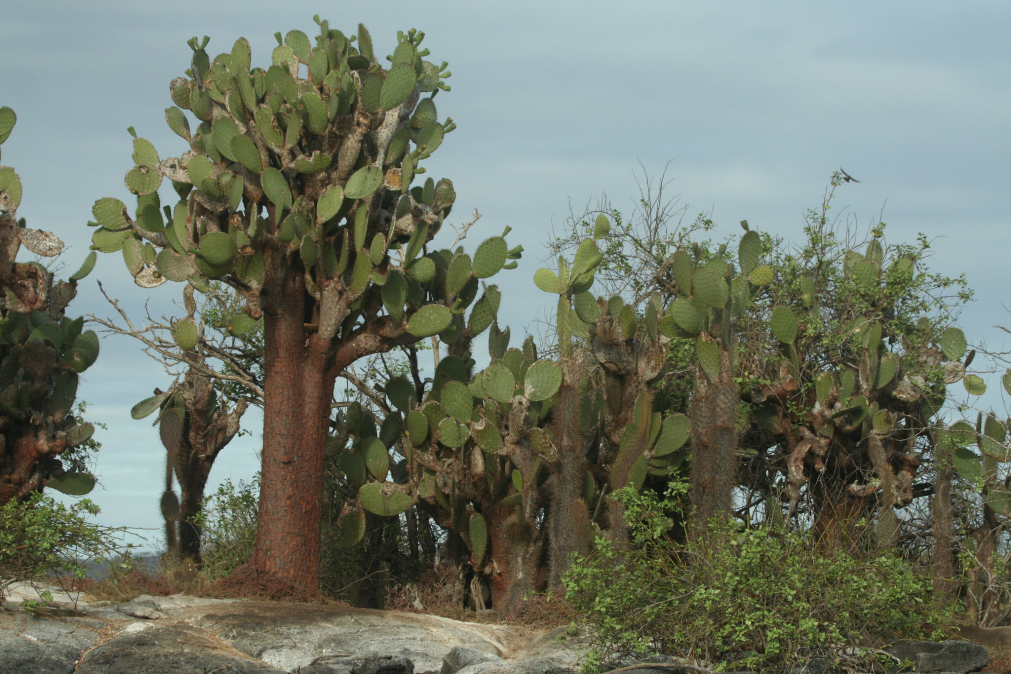
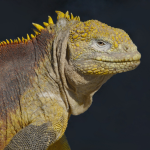


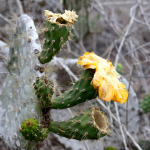

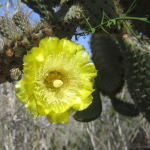
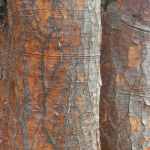


Thanks Joe, Love the plants of the Galapagos. I would LOVE to collect them all, but not sure that’d ever be possible. Certainly would never live long enough to see them ever reach the Mammoth sizes they do on the islands.
If I ever get there, I’d be happy to share some of the photos ;-)
Hi Paul,
Thanks for visiting Oblog. I’m with you; I would like to grow the Galapagose Opuntias though I might never see them grow tall.
Joe
Hi, joe.
Do you remember me.
This is the first comment to the renewal blog.
I have Opuntia galapageia from seeding the seed of The Mesa Garden.
I wonder which of the four species is mine?
How do you think?